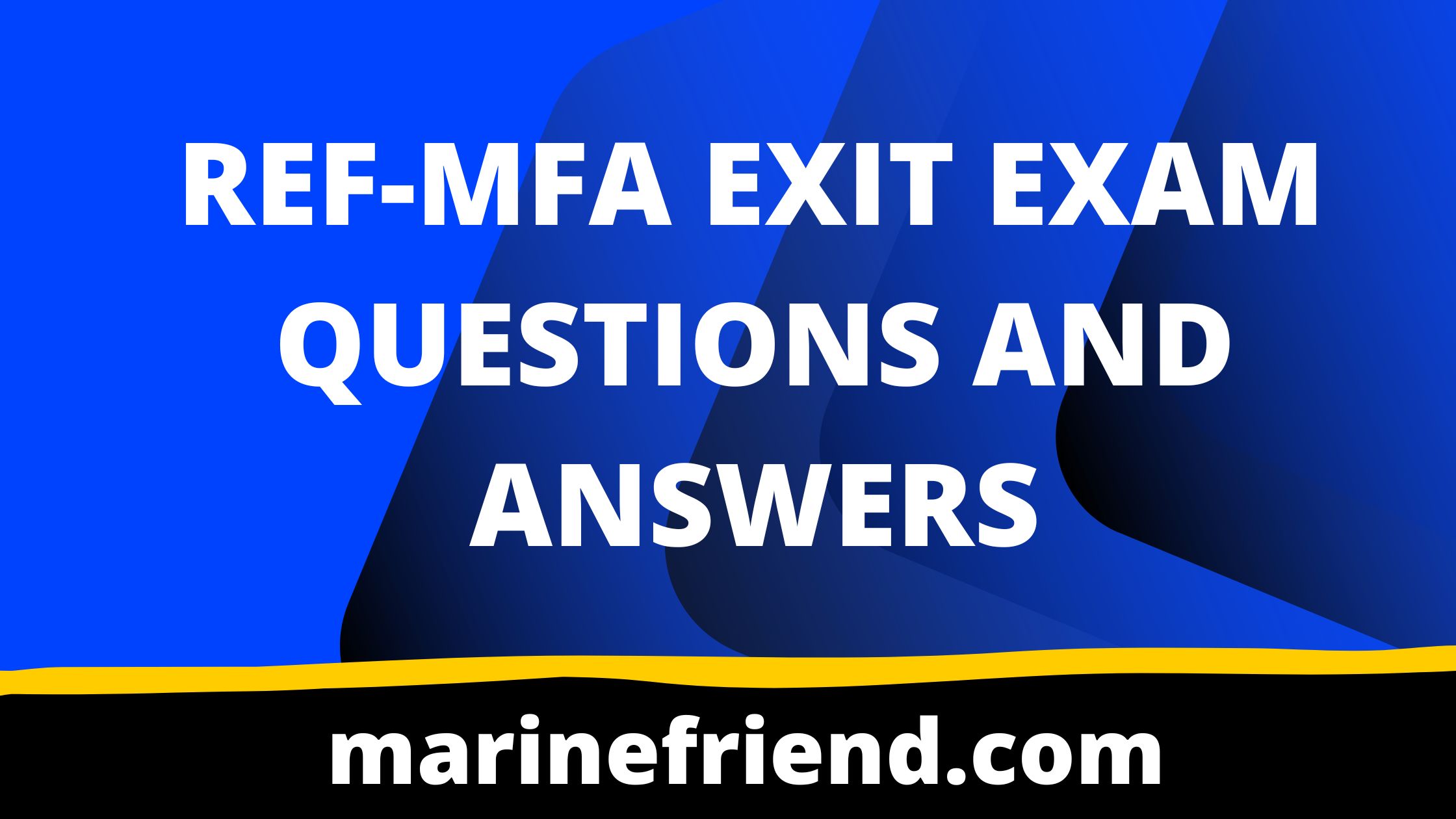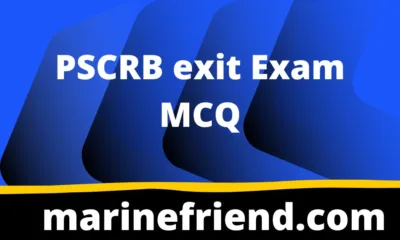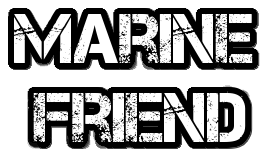MFA EXIT EXAM
REF MFA Exit Exam Question Answers Part 3

REF MFA Exit Exam Question Answers Part 3
DG SHIPPING MFA exit exam refers to the final assessment given to participants who have completed a medical first aid course approved by the Directorate General of Shipping (DG Shipping) in India. The exam is specifically designed for individuals who are seeking to obtain a certificate of competency to serve as a medical first aider on Indian flag vessels.
The DG SHIPPING MFA exit exam typically includes written and practical components, and covers a range of topics related to medical first aid, such as basic life support, patient assessment, treatment of common injuries and illnesses, and emergency medical procedures. The exam is designed to test the participant’s ability to apply the knowledge and skills they have learned to respond to medical emergencies at sea.
Successful completion of the DG SHIPPING MFA exit exam is a requirement for obtaining a Certificate of Competency (COC) as a medical first aider on Indian flag vessels. The exam helps ensure that individuals serving in this capacity have the necessary knowledge and skills to provide safe and effective medical first aid in emergency situations at sea
What is the first step to take when encountering a medical emergency?
a) Call for help
b) Administer CPR
c) Assess the situation
d) Provide first-aid treatment
Answer: c) Assess the situation
What is the first thing you should do when someone is experiencing a seizure?
a) Put something in their mouth to prevent them from biting their tongue
b) Hold them down to prevent them from moving
c) Clear the area around them to prevent injury
d) None of the above
Answer: c) Clear the area around them to prevent injury
What is the recommended compression-to-breath ratio for CPR?
a) 30 compressions to 2 breaths
b) 15 compressions to 2 breaths
c) 30 compressions to 1 breath
d) 15 compressions to 1 breath
Answer: a) 30 compressions to 2 breaths
What is the recommended position to place someone who is experiencing a heart attack?
a) Lying on their back with their legs elevated
b) Lying on their side with their head elevated
c) Lying on their back with their head elevated
d) None of the above
Answer: c) Lying on their back with their head elevated
Which of the following is a sign of anaphylaxis?
a) Rapid heartbeat
b) Hives or rash
c) Swelling of the face, lips, or tongue
d) All of the above
Answer: d) All of the above
What is the recommended treatment for a severe burn?
a) Run cold water over the burn for at least 10 minutes
b) Apply butter or oil to the burn to soothe the pain
c) Wrap the burn tightly with a bandage
d) None of the above
Answer: a) Run cold water over the burn for at least 10 minutes
What is the recommended treatment for a snake bite?
a) Apply a tourniquet above the bite
b) Apply ice to the bite
c) Wash the bite with soap and water
d) Seek medical attention immediately
Answer: d) Seek medical attention immediately
What is the recommended treatment for a choking victim who is conscious?
a) Perform the Heimlich maneuver
b) Give them water to drink
c) Slap them on the back
d) None of the above
Answer: a) Perform the Heimlich maneuver
What is the recommended treatment for a person who is experiencing heat stroke?
a) Move them to a cooler area
b) Give them a warm bath
c) Wrap them in blankets to keep them warm
d) None of the above
Answer: a) Move them to a cooler area
What is the recommended treatment for a person who is experiencing a nosebleed?
a) Tilt their head back
b) Pinch their nostrils together and lean forward
c) Blow their nose vigorously
d) None of the above
Answer: b) Pinch their nostrils together and lean forward
What should you do first when you encounter an unconscious person?
A) Begin CPR immediately
B) Check their airway
C) Check for a pulse
D) Call for medical assistance
Answer: D) Call for medical assistance
What should you do if someone is having a seizure?
A) Put something in their mouth to prevent them from swallowing their tongue
B) Hold them down to prevent them from moving
C) Loosen any tight clothing around their neck
D) None of the above
Answer: C) Loosen any tight clothing around their neck
Which of the following is a symptom of shock?
A) Rapid heartbeat
B) Cool, clammy skin
C) Elevated blood pressure
D) All of the above
Answer: B) Cool, clammy skin
What should you do if someone is bleeding heavily from a wound?
A) Apply a tourniquet above the wound
B) Apply pressure directly to the wound
C) Pour hydrogen peroxide on the wound
D) None of the above
Answer: B) Apply pressure directly to the wound
What should you do if someone is experiencing heat exhaustion?
A) Move them to a cool place
B) Offer them a warm drink
C) Wrap them in blankets to prevent shivering
D) None of the above
Answer: A) Move them to a cool place
What should you do if someone has a foreign object lodged in their eye?
A) Attempt to remove the object with tweezers
B) Rinse the eye with water
C) Rub the eye vigorously to remove the object
D) None of the above
Answer: B) Rinse the eye with water
Which of the following is a sign of a heart attack?
A) Chest pain
B) Nausea and vomiting
C) Difficulty breathing
D) All of the above
Answer: A) Chest pain
What should you do if someone is choking and unable to speak or cough?
A) Perform the Heimlich maneuver
B) Encourage them to drink water to dislodge the object
C) Wait for the object to dislodge on its own
D) None of the above
Answer: A) Perform the Heimlich maneuver
What should you do if someone has been bitten by a venomous snake?
A) Apply a tourniquet above the bite
B) Suck out the venom with your mouth
C) Wash the bite with soap and water
D) None of the above
Answer: D) None of the above (seek medical attention immediately)
Which of the following is a symptom of a concussion?
A) Nausea and vomiting
B) Loss of consciousness
C) Blurred vision
D) All of the above
Answer: D) All of the above
What should you do if someone is choking and cannot breathe?
a. Give them water to wash the object down.
b. Perform the Heimlich maneuver.
c. Call 911 immediately.
d. All of the above.
Answer: b. Perform the Heimlich maneuver.
What is the first thing you should do when you encounter a victim of a car accident?
a. Call 911.
b. Move the victim to a safer location.
c. Check the victim’s breathing and pulse.
d. Apply pressure to any visible wounds.
Answer: a. Call 911.
Which of the following is a sign of shock?
a. Rapid breathing
b. Dilated pupils
c. Pale skin
d. All of the above
Answer: d. All of the above.
How should you treat a burn caused by a heat source such as a stove or fire?
a. Run cold water over the burn for at least 10 minutes.
b. Apply ice directly to the burn.
c. Apply butter or oil to the burn.
d. All of the above.
Answer: a. Run cold water over the burn for at least 10 minutes.
What should you do if someone is experiencing a seizure?
a. Place a spoon in their mouth to prevent them from biting their tongue.
b. Hold them down to prevent them from hurting themselves.
c. Move any nearby objects out of the way.
d. All of the above.
Answer: c. Move any nearby objects out of the way.
How can you tell if someone is experiencing a heart attack?
a. They are short of breath.
b. They have a sudden onset of chest pain.
c. They are sweating profusely.
d. All of the above.
Answer: b. They have a sudden onset of chest pain.
What should you do if someone is experiencing a severe allergic reaction?
a. Give them water to drink.
b. Administer an EpiPen if available.
c. Apply a tourniquet to stop the spread of the allergen.
d. All of the above.
Answer: b. Administer an EpiPen if available.
What should you do if someone has been bitten by a poisonous snake?
a. Apply a tourniquet above the bite.
b. Try to suck the venom out of the wound.
c. Call 911 immediately.
d. Apply heat to the bite.
Answer: c. Call 911 immediately.
What is the correct way to perform CPR?
a. Give 5 rescue breaths followed by 15 chest compressions.
b. Give 30 chest compressions followed by 2 rescue breaths.
c. Give 10 rescue breaths followed by 20 chest compressions.
d. Give 20 chest compressions followed by 10 rescue breaths.
Answer: b. Give 30 chest compressions followed by 2 rescue breaths.
How should you treat a nosebleed?
a. Tilt your head back and pinch your nose.
b. Blow your nose to clear the blood.
c. Hold a cold compress to the bridge of your nose.
d. All of the above.
Answer: c. Hold a cold compress to the bridge of your nose.
ALSO READ: REF MFA Exit Exam Question Answers Part 1
ALSO READ: REF MFA Exit Exam Question Answers Part 2
ALSO READ: REF MFA Exit Exam Question Answers Part 4
QUESTIONS AND ANSWERS ARE EXTRACTED FROM DG E-LEARNING
-

 SEAFARERS4 years ago
SEAFARERS4 years agoBsid dg shipping email id and contacts
-

 SEAFARERS4 years ago
SEAFARERS4 years agocommerce se merchant navy kar sakta hai kya?
-

 RPSL4 years ago
RPSL4 years agoBlacklisted RPSL companies 2021/2022/PART-2
-

 COLLEGES4 years ago
COLLEGES4 years agoGp rating college list approved by dg shipping in india
-

 PSCRB2 years ago
PSCRB2 years agoPSCRB exit Exam MCQ-1
-

 RPSL4 years ago
RPSL4 years agoBlacklisted RPSL companies 2021/2022/PART-1
-

 RPSL4 years ago
RPSL4 years agodg shipping approved company
-

 RPSL4 years ago
RPSL4 years agorpsl shipping company list in Belapur












